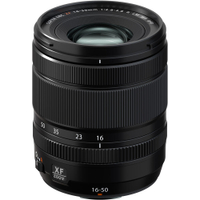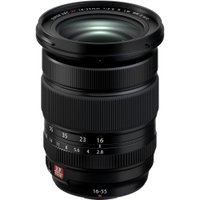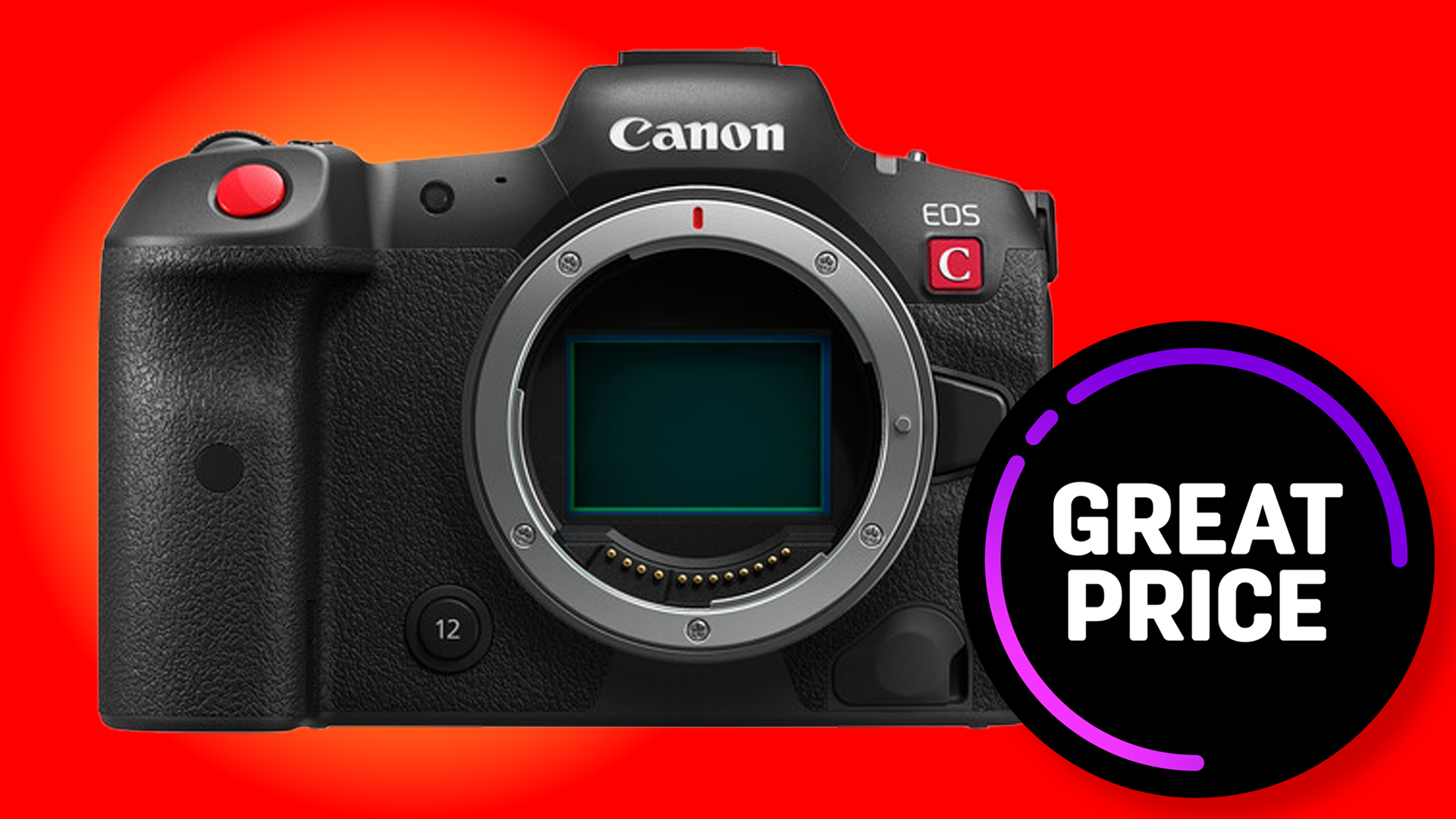Digital Camera World Verdict
I like that the range-topping Fujifilm XF 16-55mm f/2.8 R LM WR II standard zoom slashes a significant amount off the size and weight of the original edition. I’m also impressed that it improves resolving power, catering to Fujifilm’s latest 40 megapixel cameras, and with no increase in purchase price. It’s almost perfect...
Pros
- +
Compact and lightweight
- +
Improved image quality
- +
Click/De-click aperture ring
Cons
- -
Pretty pricey
- -
No optical stabilization
- -
Relies on auto distortion correction
Why you can trust Digital Camera World
Like most photographers these days, I use a standard zoom lens for everyday shooting. You just can’t beat the combination of convenience, versatility, and (hopefully) quality. Compared with most ‘kit’ standard zooms that have a slower and often variable aperture, the Fujifilm XF 16-55mm f/2.8 R LM WR II is the second edition of the company’s ‘red badge’ range-topping model, with a relatively fast and constant f/2.8 aperture rating. It couples that with a 24-84mm ‘effective’ zoom range in full-frame equivalence, the APS-C format X-mount lens equating to a ‘trinity’ standard zoom.
Trinity zooms tend to be big, heavy, and somewhat less convenient for everyday shooting. This one finally replaces Fujifilm’s nine-year-old original version of the lens, which was already relatively compact and lightweight, with a lens that’s even smaller and lighter, despite bigging up the resolving power to suit Fujifilm’s latest 40MP cameras like the X-T5 and X-T50, as well as others in the line-up of Fujifilm’s best cameras. All in all, it aims to be one of the best Fujifilm X-mount lenses that money can buy.
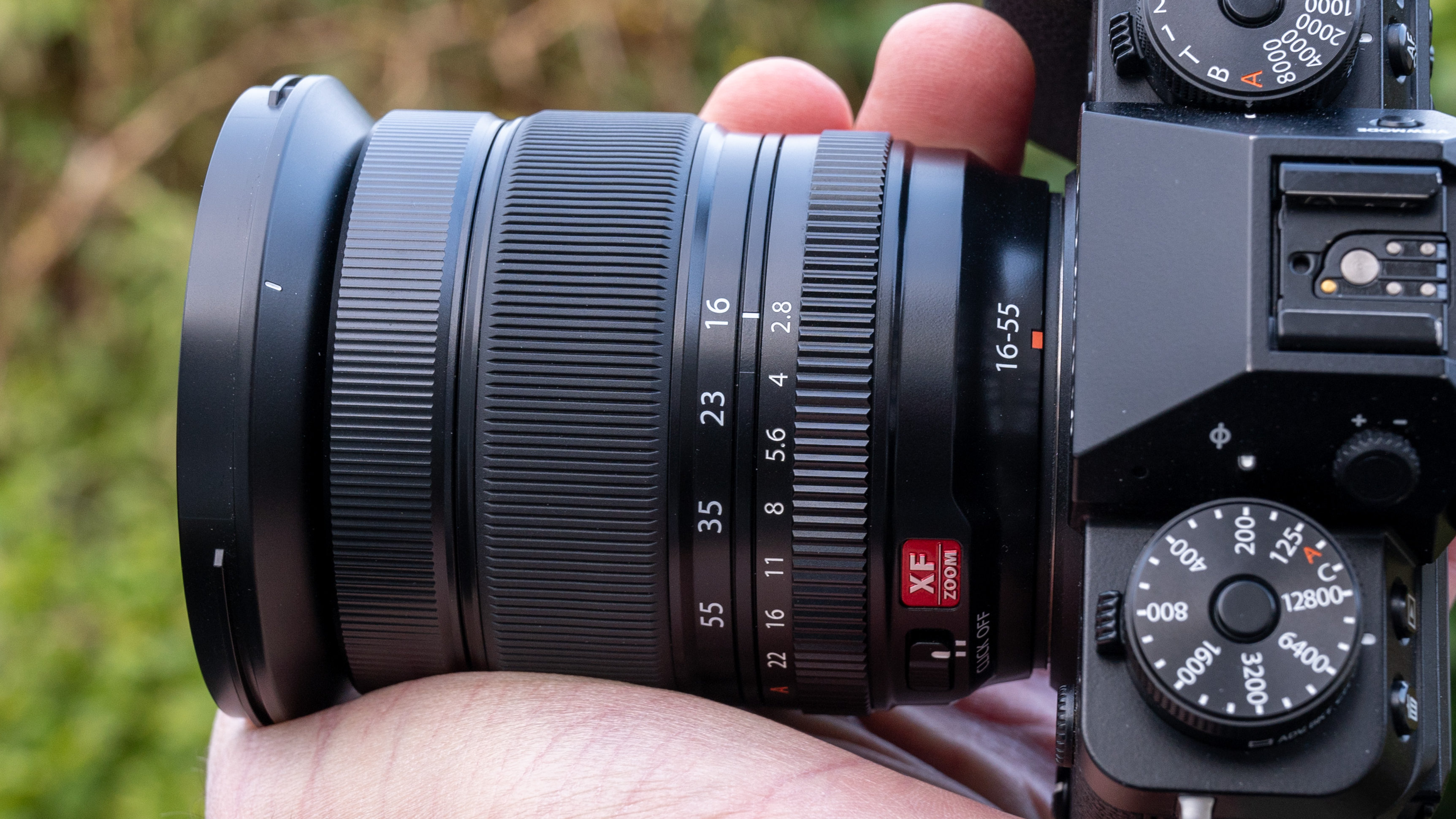
Fujifilm XF 16-55mm f/2.8 R LM WR II: Specifications
| Mount options | Fujifilm X |
| Lens construction | 16 elements in 11 groups |
| Angle of view | 83.2 to 29 degrees |
| Diaphragm blades | 11 |
| Minimum aperture | f/22 |
| Minimum focus distance | 0.3m |
| Maximum magnification | 0.21x |
| Filter size | 72mm |
| Dimensions | 78 x 95mm (3.1 x 3.7") |
| Weight | 410g (14.5oz) |
Fujifilm XF 16-55mm f/2.8 R LM WR II: Price
Fujifilm recently revamped its time-honored (and treasured by many) XF 18-55mm standard zoom, replacing it with the XF 16-50mm f/2.8-4.8 R LM WR. This lens, often sold as a kit zoom with various cameras, has been designed to suit Fujifilm’s high-resolution 40MP cameras and, as a standalone rather kit purchase, it costs $699 / £699 / AU$1,299. The Fujifilm XF 16-55mm f/2.8 R LM WR II that I’m reviewing here is a range-topping ‘red badge’ lens, so I’d expect to be significantly more expensive. Sure enough, it’s getting on for nearly twice the price at $1199 / £1149 / AU$2100. The previous version of the lens is now often discounted but even so, the list price of the new Mark II edition is pretty much the same as that of the original lens.
Fujifilm XF 16-55mm f/2.8 R LM WR II: Design & Handling
As I’ve mentioned, I feel that the convenience of a standard zoom lens is largely lost if it’s big, heavy, and cumbersome. That’s a criticism that can be applied to many full-frame ‘trinity’ standard zooms and a fair few APS-C format standard zooms that have a relatively fast and constant f/2.8 aperture rating. The original version of this XF 16-55mm zoom was certainly no heavyweight, measuring a modest 83 x 106mm, with a 77mm filter thread and weighing just 655g.
Fujifilm has managed to slash the dimensions and weight of the Mark II, reducing it to a mere 78 x 95mm (3.1 x 3.7") with a 72mm filter thread and a weight of 410g (14.5oz). In short (so to speak), the Mark II is only about two-thirds the weight of its predecessor and is particularly lightweight for a standard zoom with a constant f/2.8 aperture.
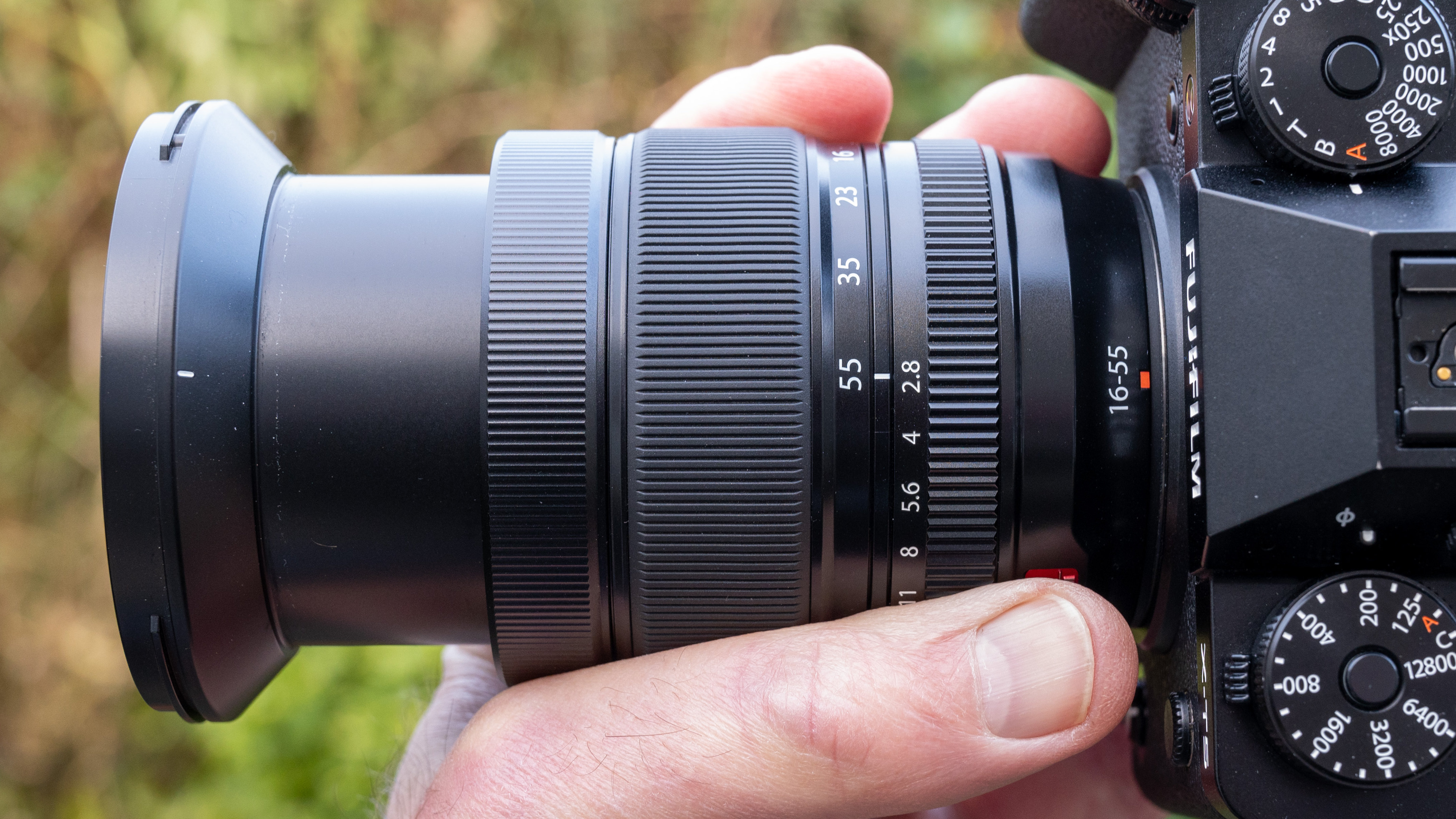
Optically, like the XF 16-50mm f/2.8-4.8 R LM WR that I’ve been recently impressed with, the new XF 16-55mm f/2.8 is designed to deliver greater resolving power. The key motivator is the relatively high-resolution 40MP image sensor fitted to some of Fujifilm’s latest X-mount system cameras. Upgrades include the inclusion of three ED (Extra-low Dispersion) elements, one Super ED element and four aspherical elements, whereas the original lens lacked a Super ED element and only had three aspherical elements.
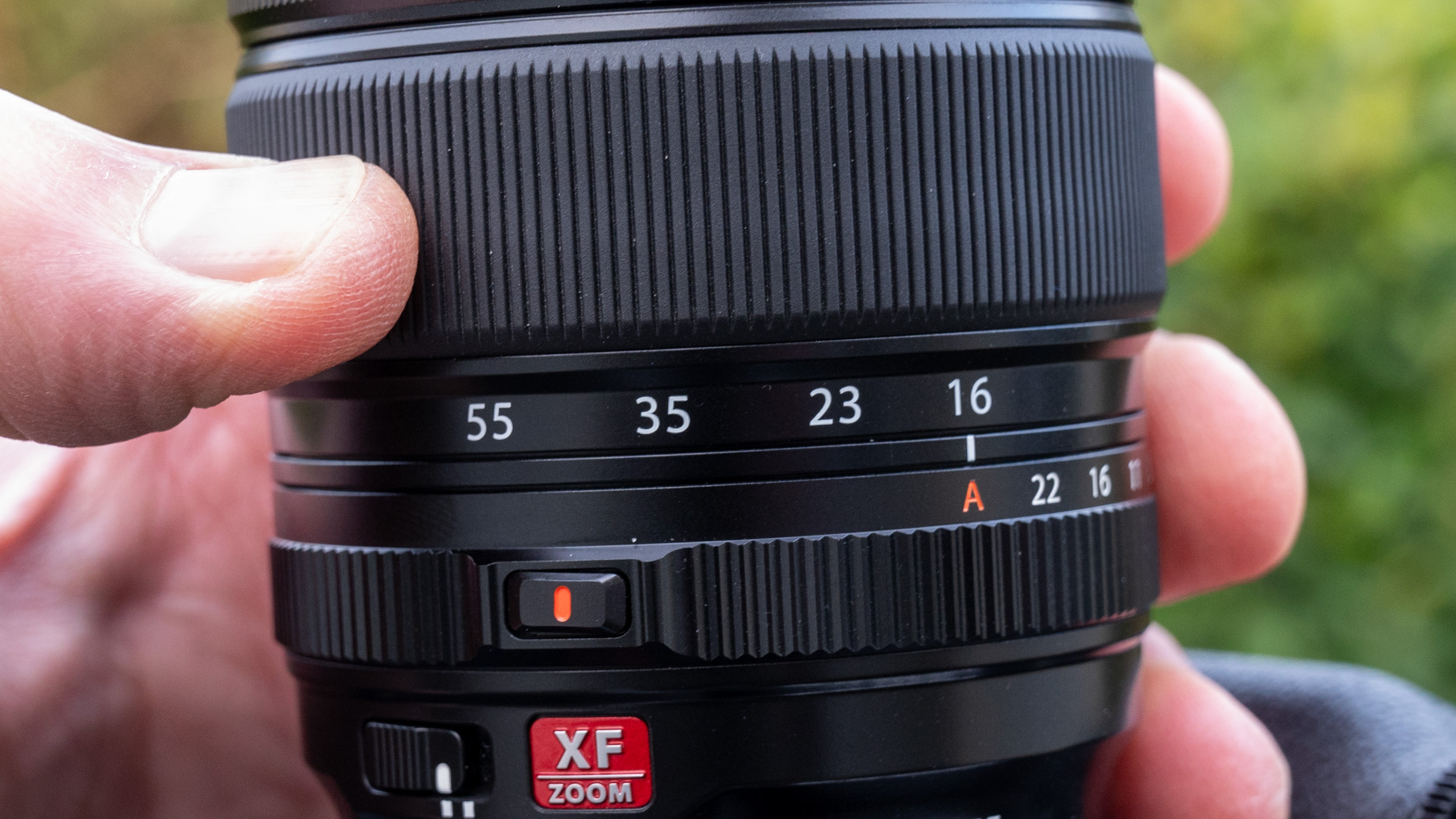
From a handling perspective, I like the dedicated aperture control ring featured on Fujifilm’s ‘R’ lenses. In a first for the company’s lenses, however, this one features a click/de-click switch. I’m surprised it’s taken so long, given that it’s such a useful addition for hybrid stills/video shooting, which has been in the ascendancy for a long time now. Anyway, it’s a very welcome feature. The aperture itself is based on 11 diaphragm blades compared with the nine of the original lens, enabling a more well-rounded iris when stopping down from the widest available aperture.
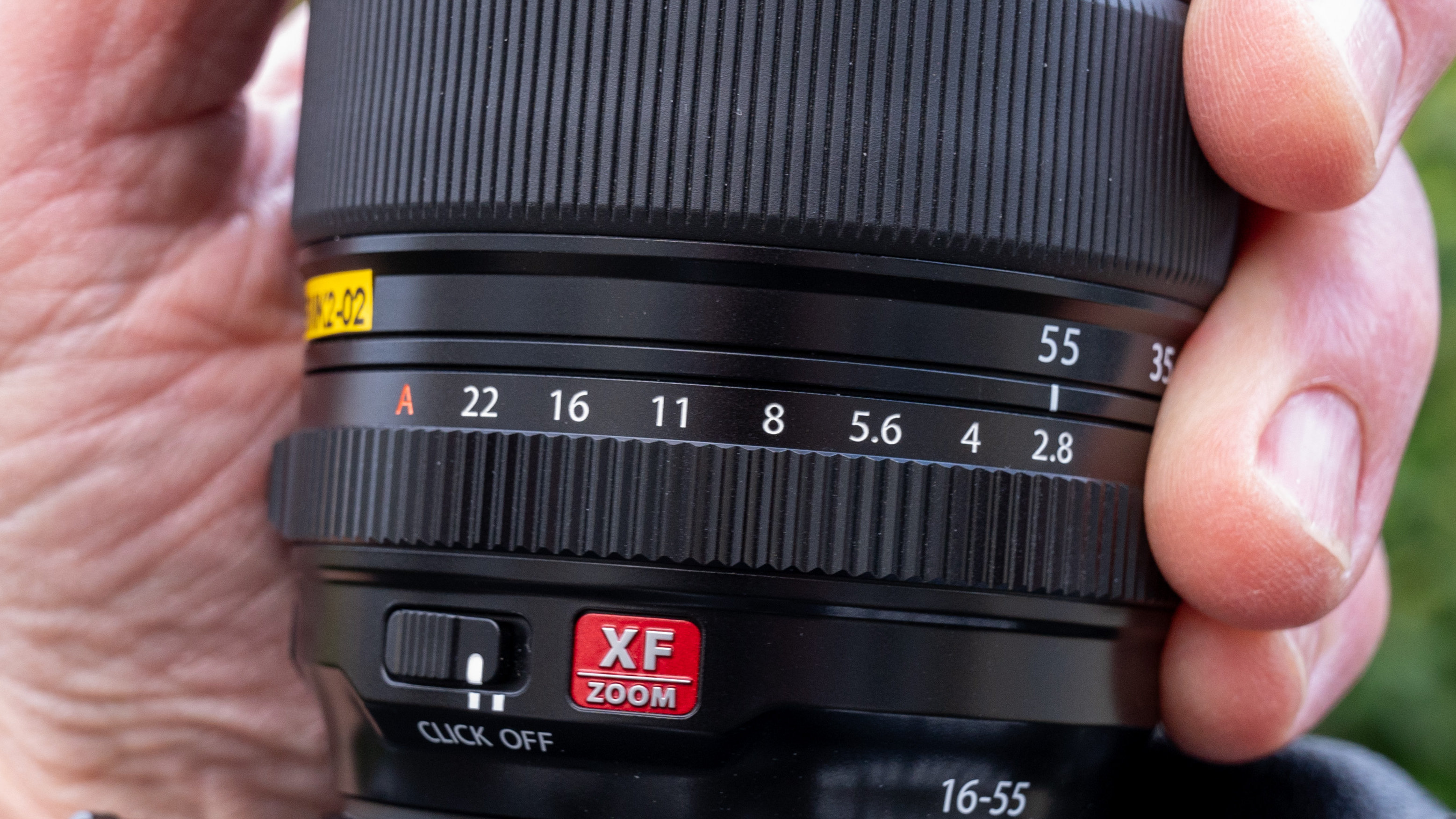
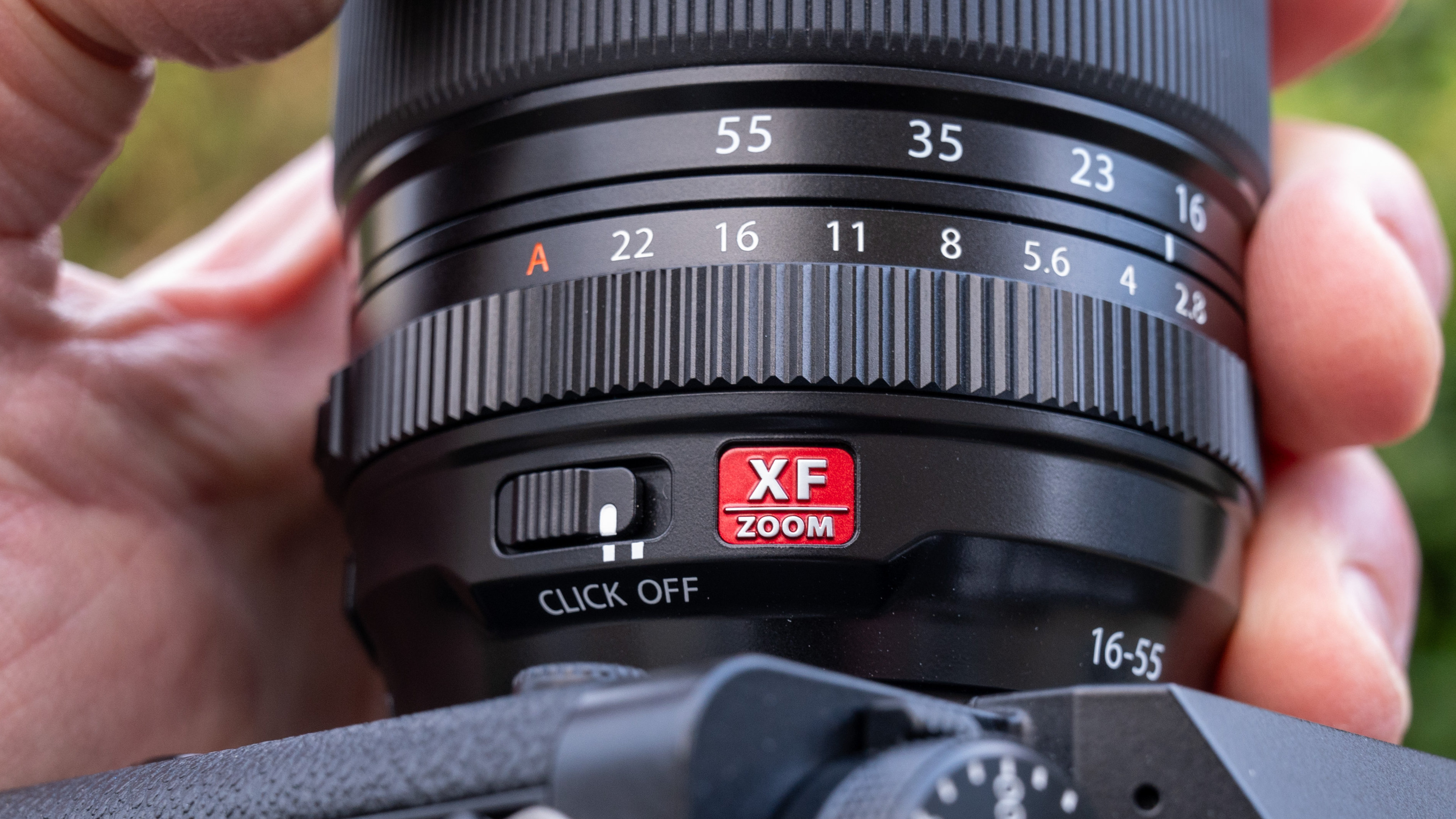
Autofocus is taken care of by the now common variety of linear stepping motor drive system, aiming for speed and precision, in near-silence. The minimum focus distance is 0.3m (11.8”), as measured from the surface of the image sensor in the host camera body, enables close-ups with up to a 0.21x magnification ratio.
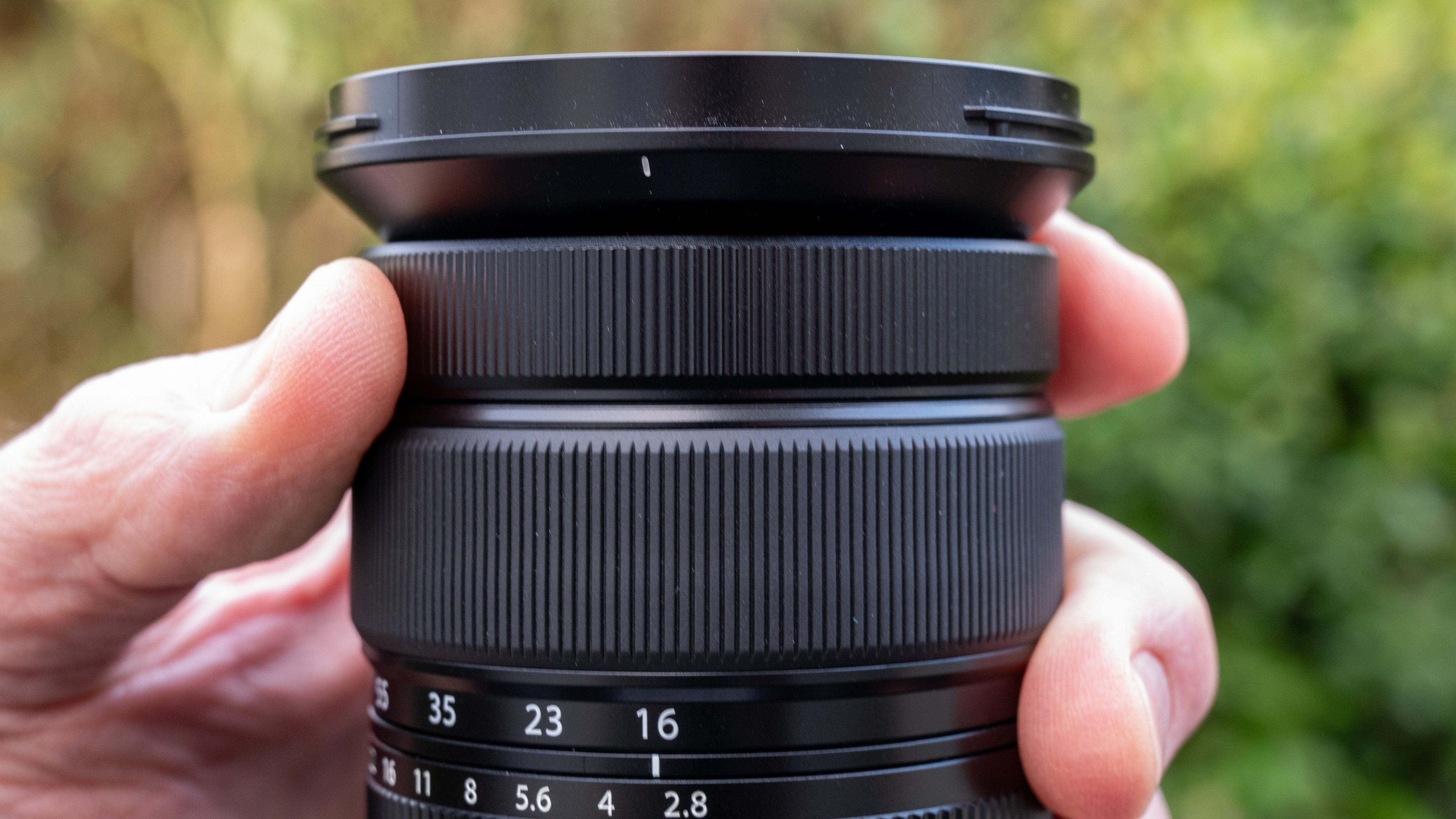
Other credentials in string of letters after the lens’s name include ‘WR’ signifying a weather-resistant build with extensive weather-seals. Build quality certainly feels robust and solid, despite the lens’s lightweight construction. A moisture/grease-resistant fluorine coating is featured on the front element, which also aids easy cleaning.
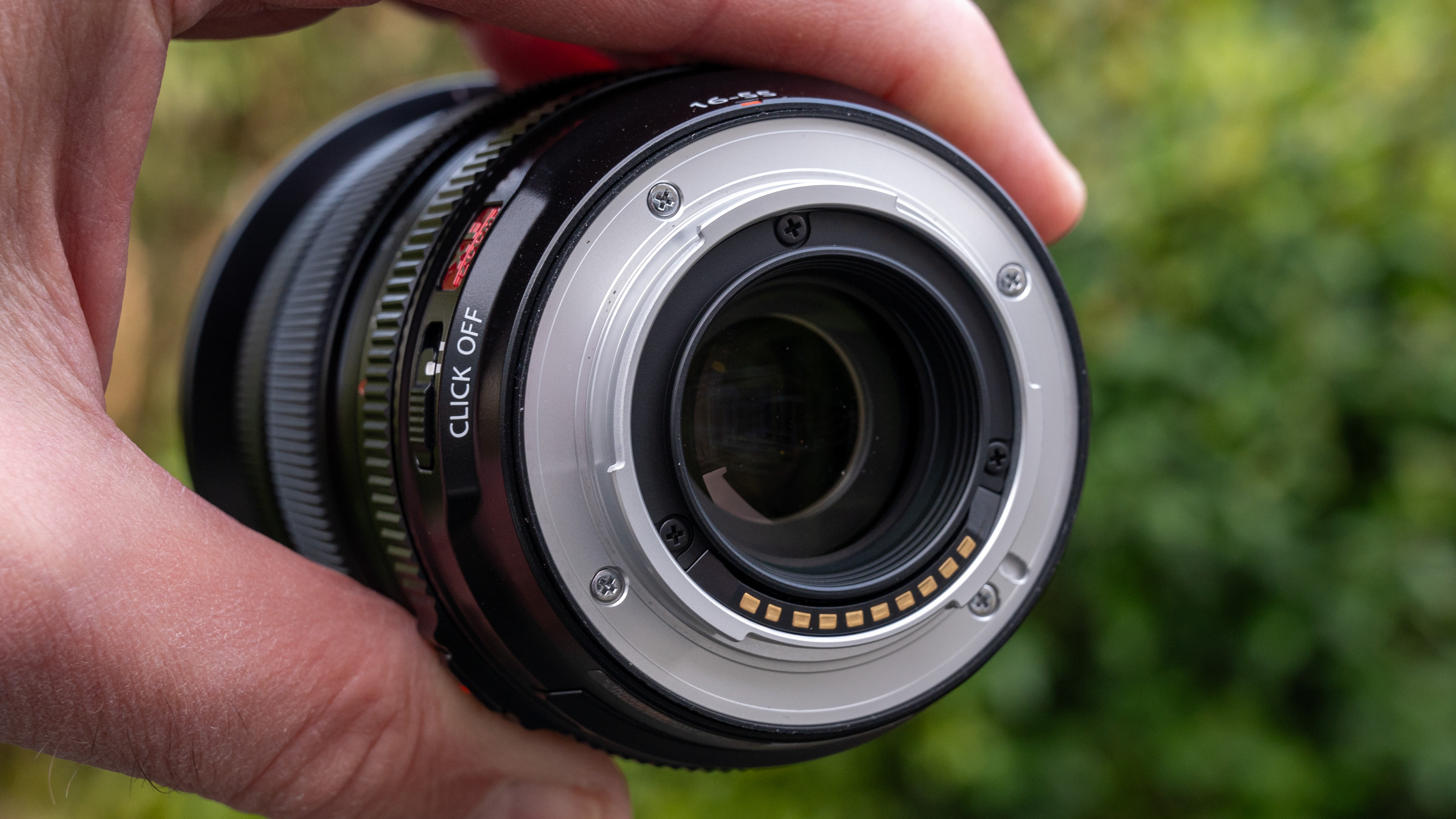
Fujifilm XF 16-55mm f/2.8 R LM WR II: Performance
As I said at the outset, a major driving force behind the design of this lens is that it aims to cater to Fujifilm’s latest and greatest X-mount cameras that feature a relatively high-resolution 40MP image sensor. With that in mind, I tested it on the Fujifilm X-T5. Compared with the original edition of the lens, I found the Mark II to be sharper across the whole image frame in the 16-23mm sector of the zoom range. Center-sharpness was also better in the longer 35-55mm sector of the zoom range but, at these focal lengths, edge/corner-sharpness only showed a slight improvement.

It’s also worth comparing the sharpness of the lens with the recent and more budget-friendly Fujifilm XF 16-50mm f/2.8-4.8 R LM WR, which has also been designed with the latest 40MP cameras in mind. There’s not a whole lot of difference in center-sharpness throughout the zoom range. When it comes to edge/corner-sharpness, the ‘red badge’ 16-55mm is far superior in the short half of the zoom range, but there’s not much in it at longer focal lengths.
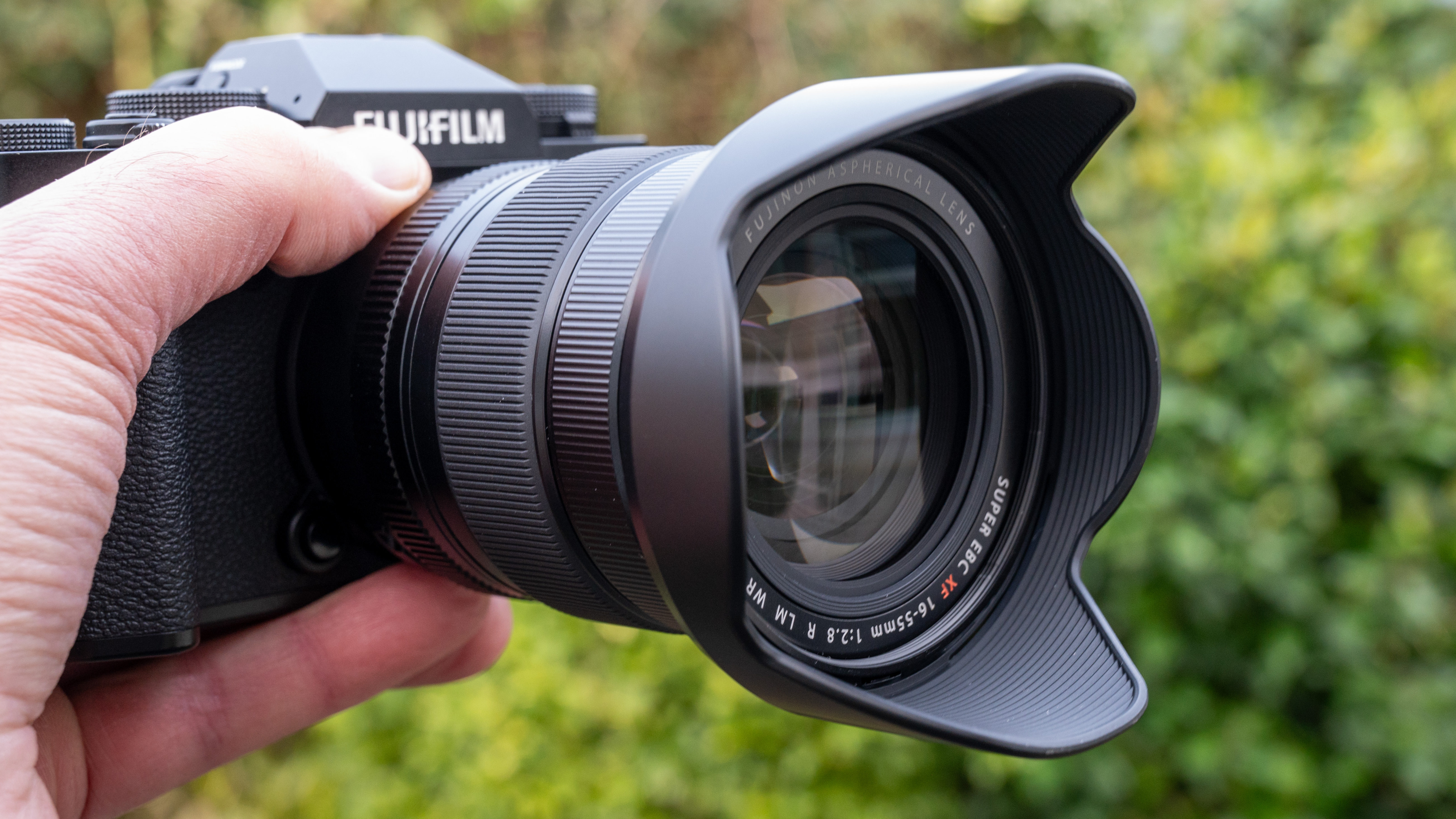
Color fringing is better controlled in the Mark II version of the lens compared with the original, at least at most zoom settings. Both lenses are pretty equal at the 35mm mark. As with the recent XF 16-50mm lens, there’s a heavy reliance on in-camera correction for distortion. That’s certainly not unusual these days, and is becoming increasingly common in lenses designed for mirrorless cameras. It’s a price I’m happy to pay in the drive to make lenses smaller, more lightweight and less expensive to manufacture.
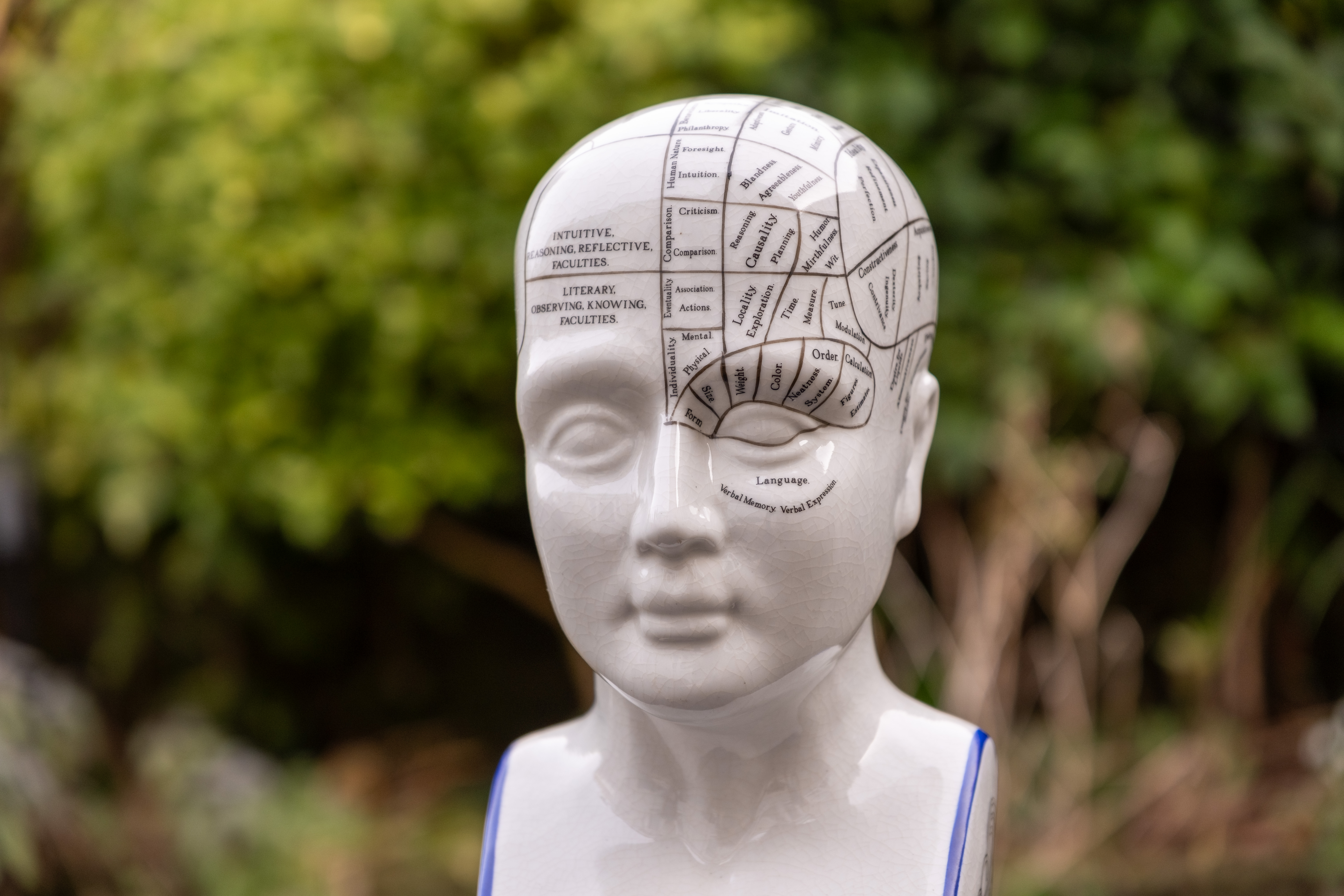
Naturally, a key reason for buying a standard zoom with a relatively fast and constant f/2.8 aperture is so that you can gain a tighter depth of field. The lens performs well in this respect, maintaining good sharpness along with smooth bokeh for defocused areas. Axial chromatic aberration (also known as bokeh fringing) is also minimal, which can sometimes be a problem for ‘fast’ lenses, showing up around high-contrast transitions just in front of or behind the plane of focus.
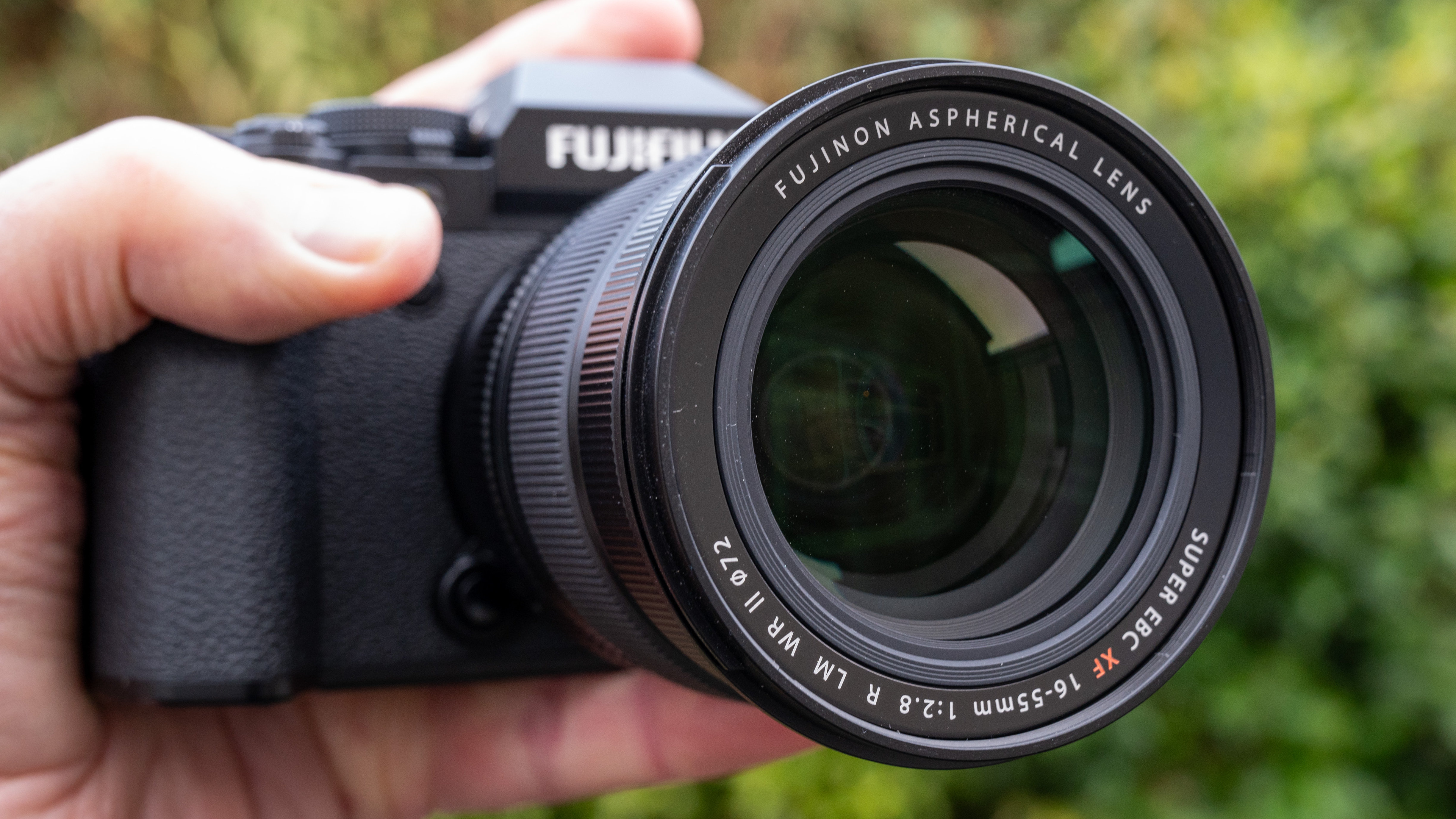
Fujifilm XF 16-55mm f/2.8 R LM WR II: Sample Images
The following gallery of sample images was shot in the English city of Wells, in Wells Cathedral and at the adjacent Bishop’s Palace Garden. There’s a mix of low-lit interior shots and sunny-day exteriors, captured at various zoom settings and apertures.













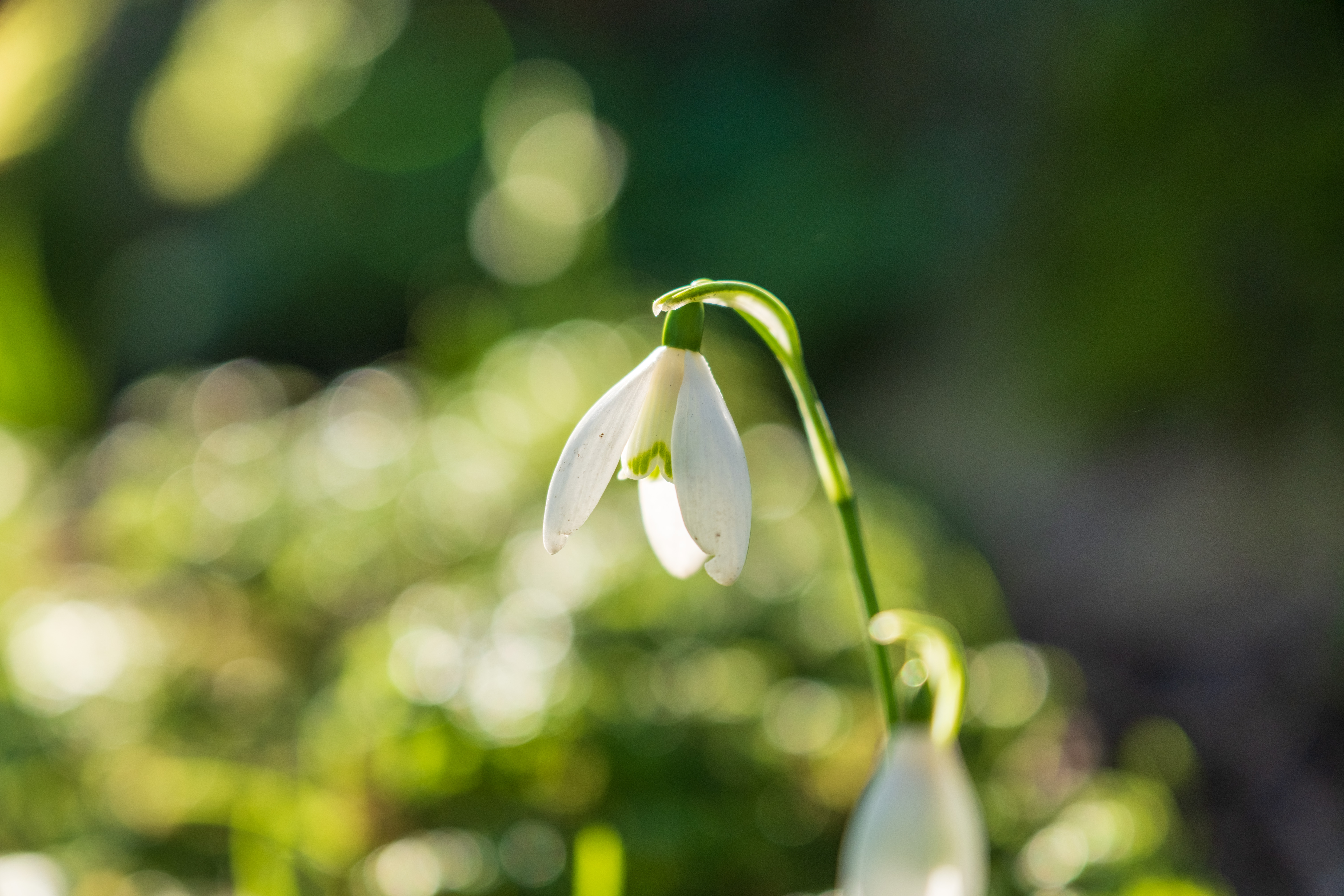




Fujifilm XF 16-55mm f/2.8 R LM WR II: Lab Results
We run a range of lab tests under controlled conditions, using the Imatest Master testing suite. Photos of test charts are taken across the range of apertures and zooms (where available), then analyzed for sharpness, distortion and chromatic aberrations.
We use Imatest SFR (spatial frequency response) charts and analysis software to plot lens resolution at the center of the image frame, corners and mid-point distances, across the range of aperture settings and, with zoom lenses, at four different focal lengths. The tests also measure distortion and color fringing (chromatic aberration).
Sharpness:
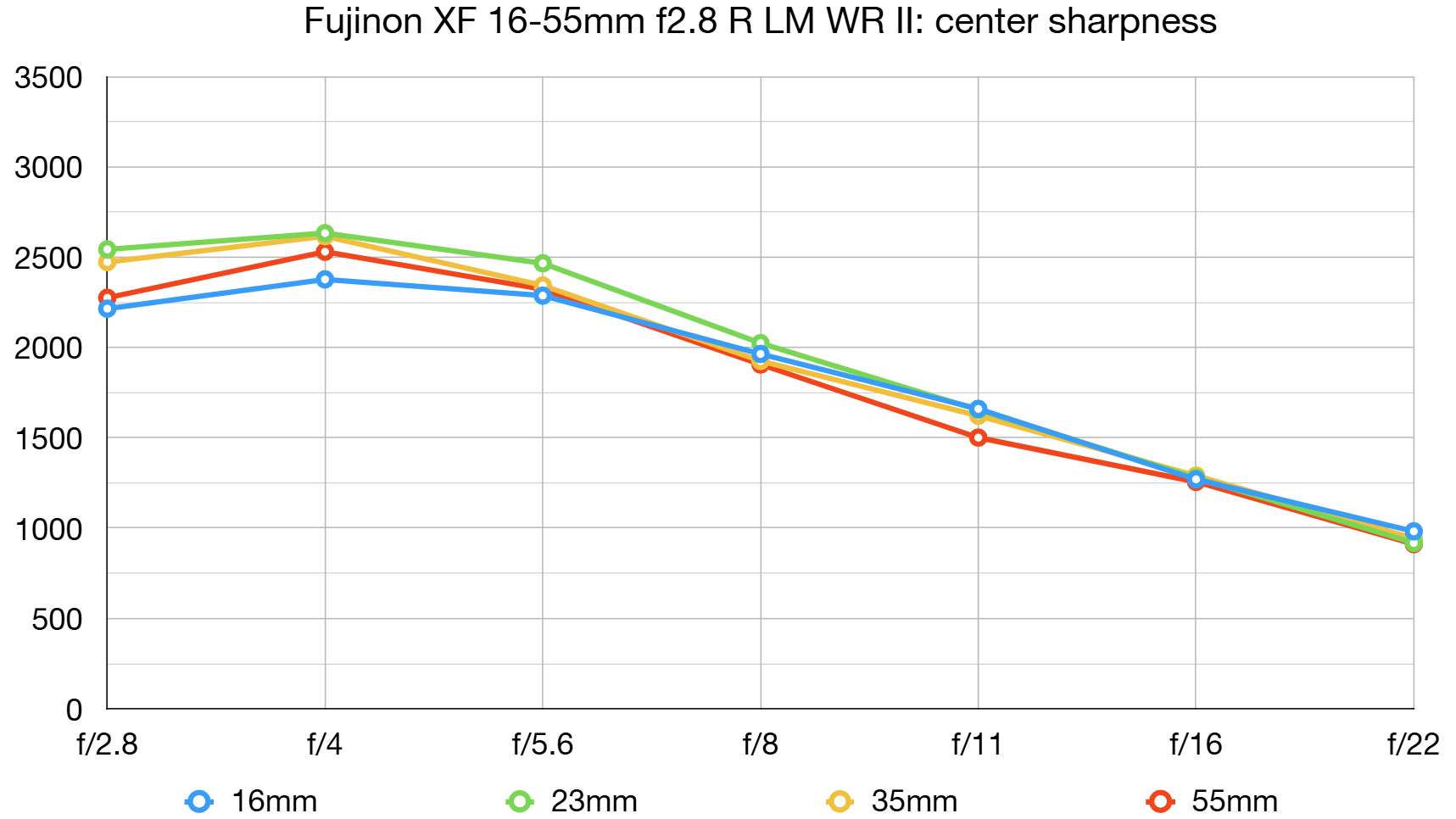

Center-sharpness is excellent throughout the entire zoom range, even when shooting wide-open at f/2.8. It steals a significant lead over the original version of the lens in this respect. Edge/corner-sharpness is also much better at the short end of the zoom range and continues to be an improvement at 23mm. It’s still very good in the 35-55mm sector of the zoom range, but with less of a significant improvement over the older lens.
Fringing:
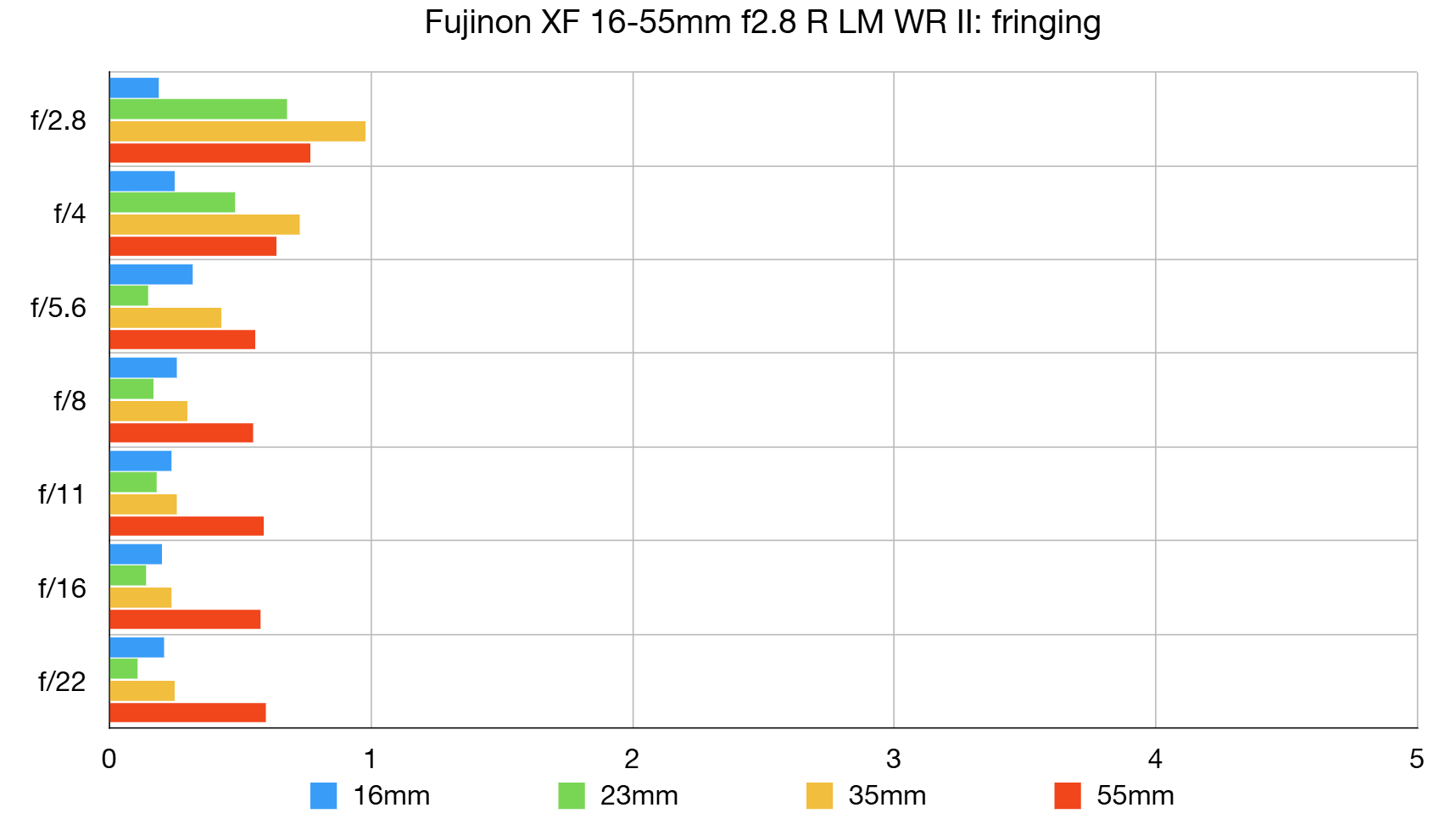
Color fringing is very well controlled overall. It’s much less noticeable when uncorrected at the most wide-angle zoom setting of 16mm, compared with the older version of the lens. Improvements are less noticeable at most other zoom settings, especially around 35mm.
Distortion:
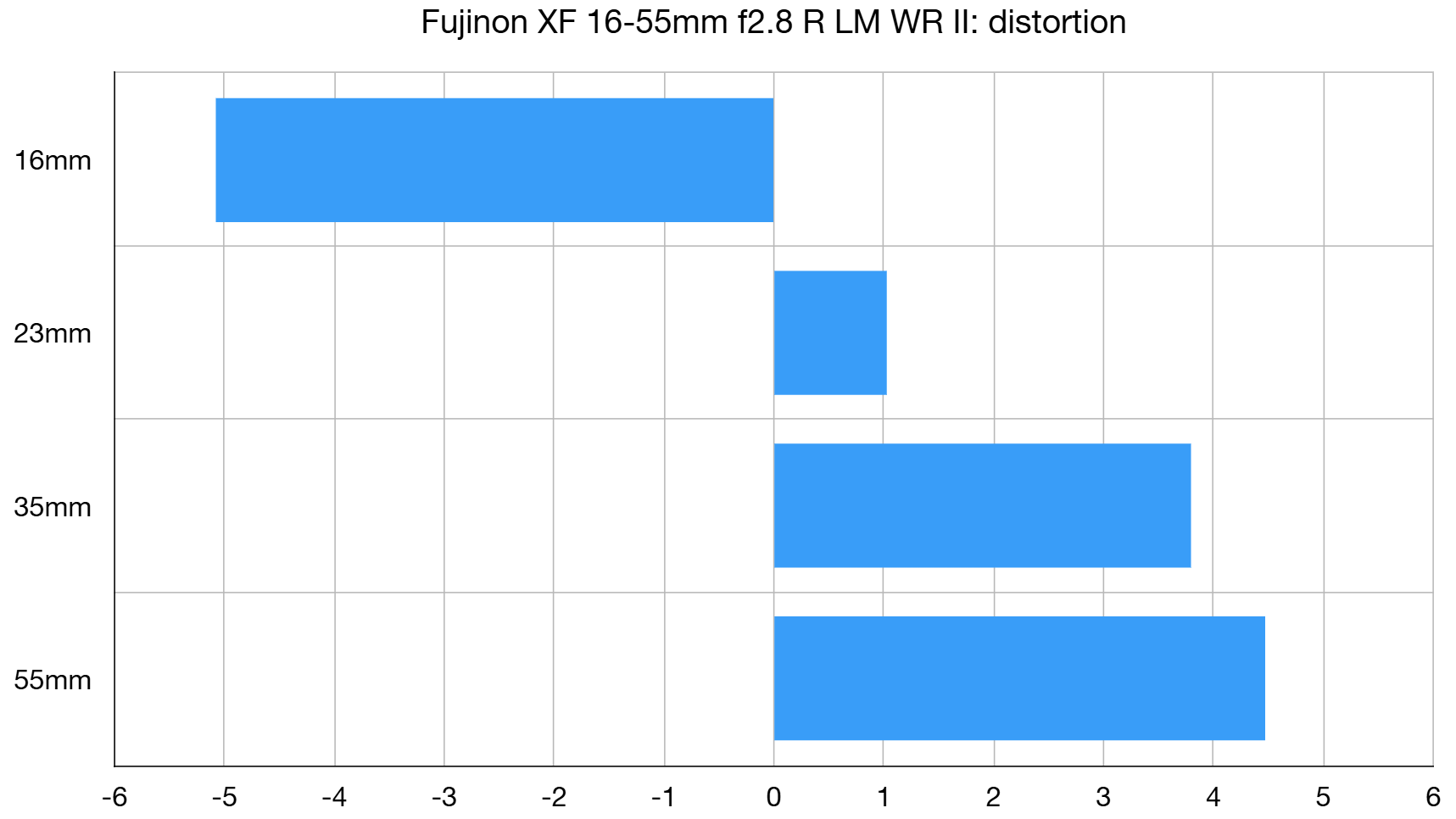
As with the recent Fujifilm XF 16-50mm f/2.8-4.8 R LM WR lens, there’s very heavy barrel distortion at the most wide-angle zoom setting. There’s also slightly more barrel distortion at 23mm, whereas pincushion is much more noticeable towards the long end of the zoom range. As with many recent lenses designed for mirrorless cameras, the XF 16-55mm II relies heavily on in-camera correction for distortions.
Fujifilm XF 16-55mm f/2.8 R LM WR II: Verdict
I’m really impressed that the Fujifilm XF 16-55mm f/2.8 R LM WR II is very noticeably smaller, lighter and sharper than the original version of the lens. It’s a worthy successor and I feel it’s worth upgrading from the original version of the lens if you’ve got a 40 megapixel camera like the Fujifilm X-T5, X-T50 and X-H2. It’s also worth upgrading if you simply want the zoom range and constant f/2.8 aperture of the original lens, but in a smaller, more lightweight package. The downsizing comes at a price however and, based on our lab test results, the Mark II lens relies more heavily on automatic in-camera corrections for distortion. Native barrel and pincushion distortion are very pronounced towards the short and long ends of the zoom range respectively.
| Features | Tempting features include an equivalent 24-84mm zoom range with a constant f/2.8 aperture, but no optical image stabilization. | ★★★★☆ |
| Design | The weather-sealed construction feels very robust and the zoom, focus and aperture rings work with smooth precision. | ★★★★★ |
| Performance | Sharpness and control over color fringing is improved over the original edition of the lens but uncorrected distortion is worse. | ★★★★☆ |
| Value | It’s pretty pricey for an APS-C format standard zoom but worth the money, taking the build quality, handling and performance into account. | ★★★★☆ |
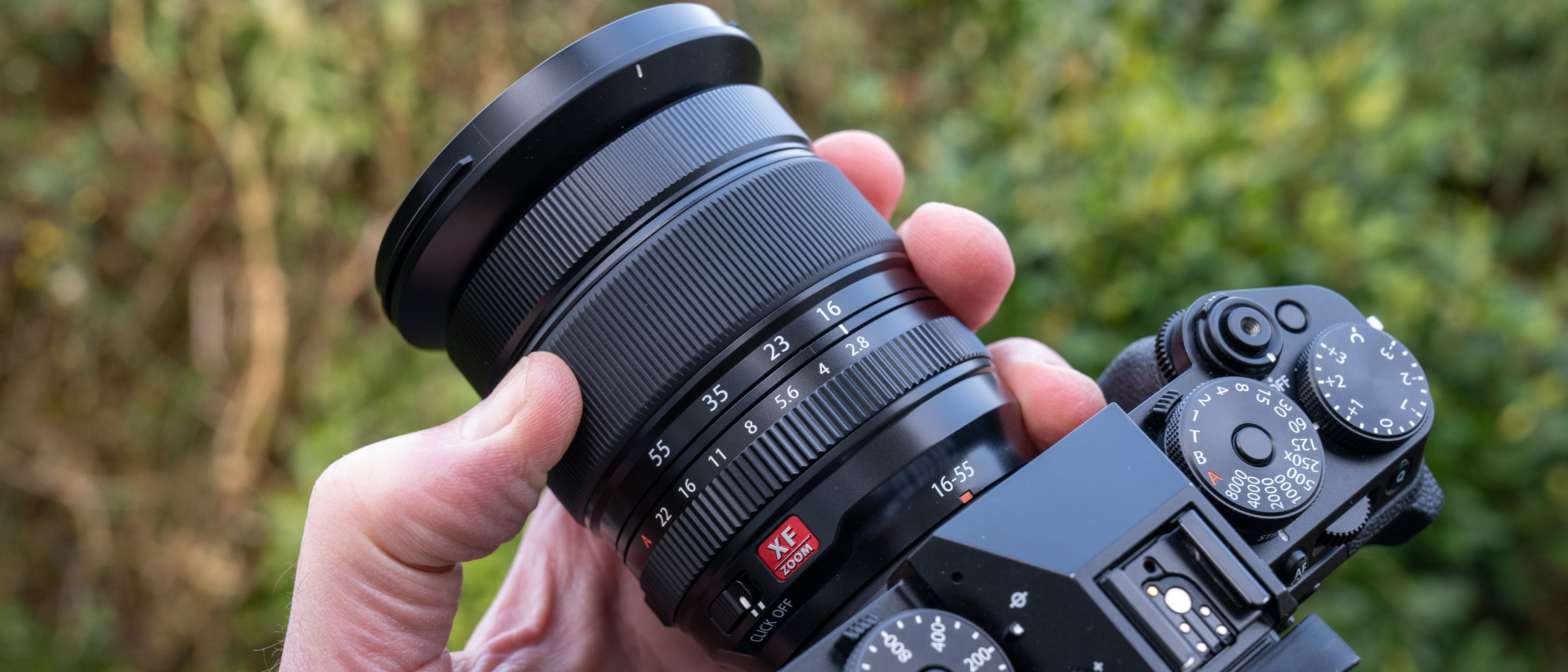
Alternatives
The Fujifilm XF 16-50mm f/2.8-4.8 R LM WR is a recent addition to the X-mount line-up, available as a kit zoom with various cameras and available to buy separately at around $699 / £699 / AU$1,299. It’s a real money-saver compared with the XF 16-55mm if you can accept the slower, variable aperture rating.
There was certainly nothing ‘wrong’ with the original Fujifilm XF 16-55mm f/2.8 R LM WR ‘red badge’ premium standard zoom. It’s well worth considering this lens instead of the Mark II, especially if you don’t have one of the latest 40 megapixel Fujifilm cameras. It currently sells for around $1099 / £1099 / AU$1529 and also makes a great second-hand buy.
Matthew Richards is a photographer and journalist who has spent years using and reviewing all manner of photo gear. He is Digital Camera World's principal lens reviewer – and has tested more primes and zooms than most people have had hot dinners!
His expertise with equipment doesn’t end there, though. He is also an encyclopedia when it comes to all manner of cameras, camera holsters and bags, flashguns, tripods and heads, printers, papers and inks, and just about anything imaging-related.
In an earlier life he was a broadcast engineer at the BBC, as well as a former editor of PC Guide.
You must confirm your public display name before commenting
Please logout and then login again, you will then be prompted to enter your display name.

